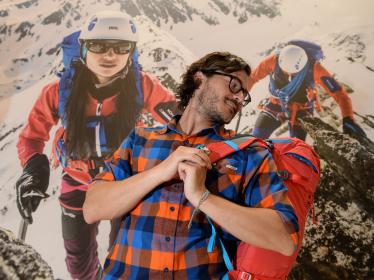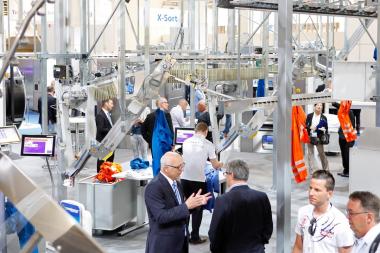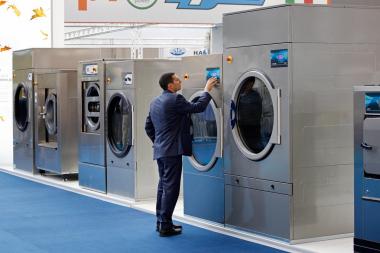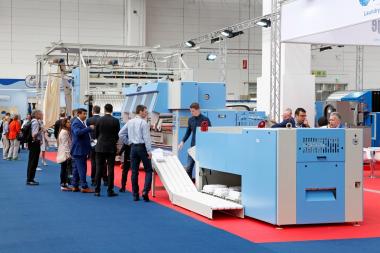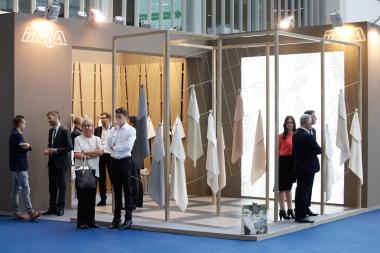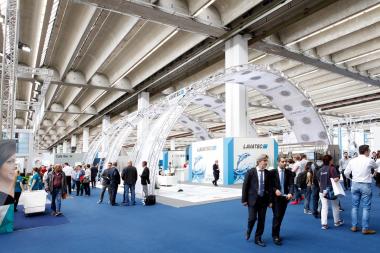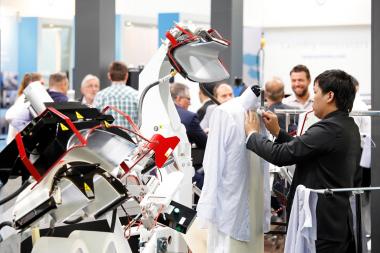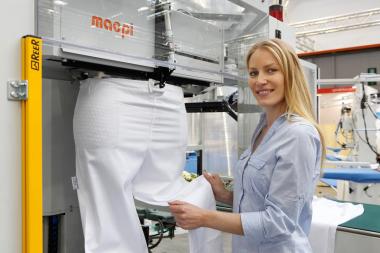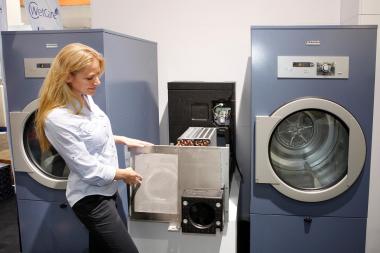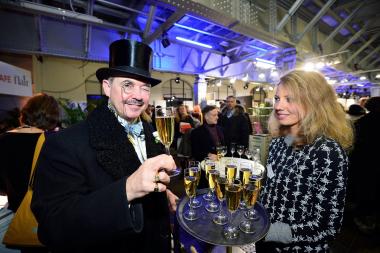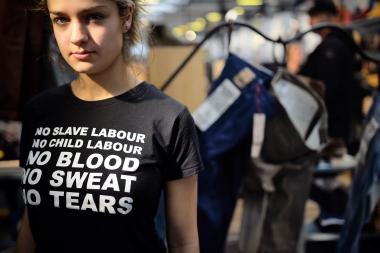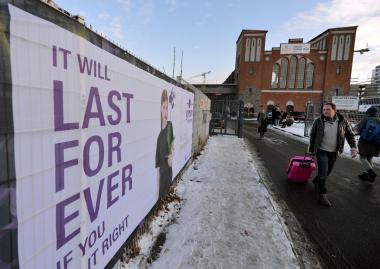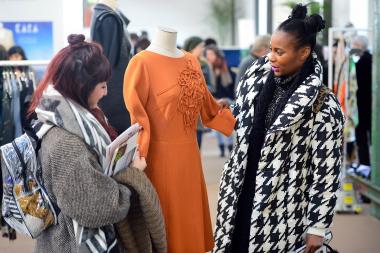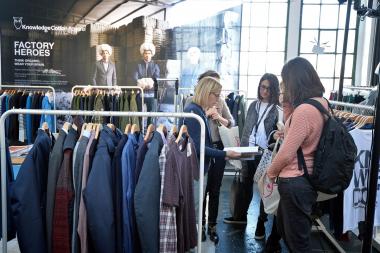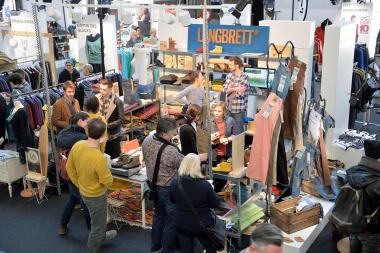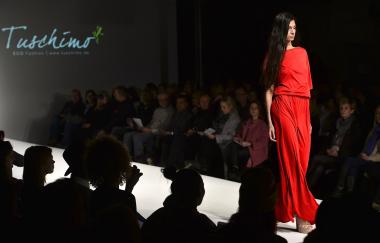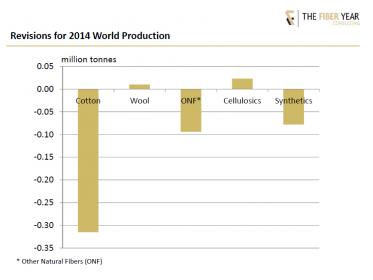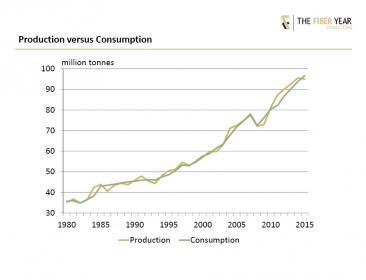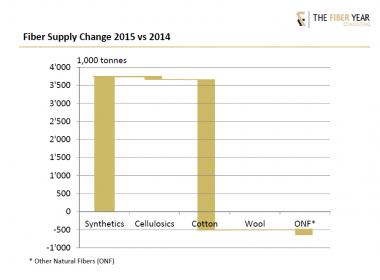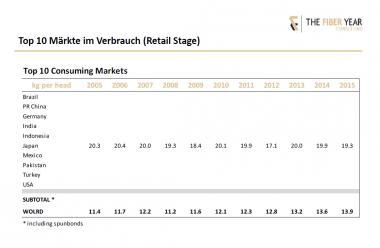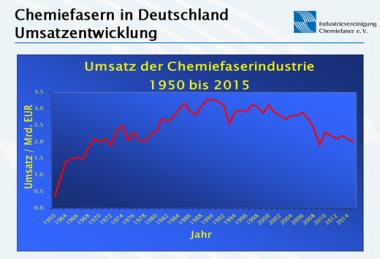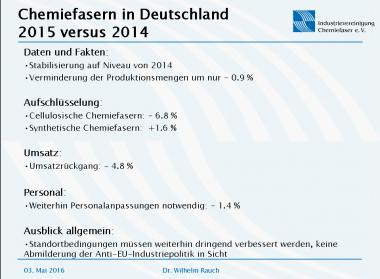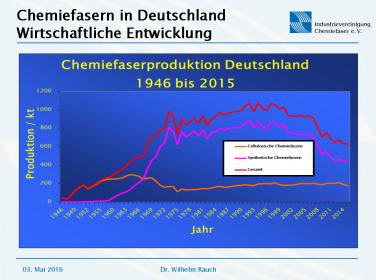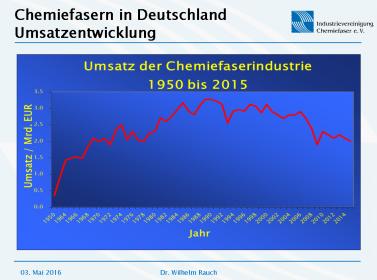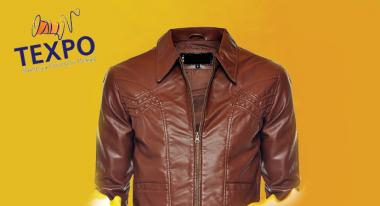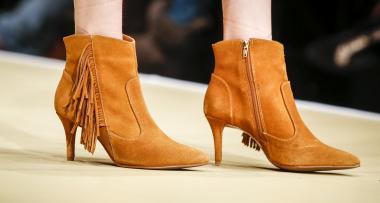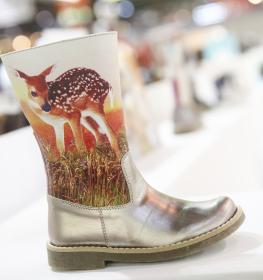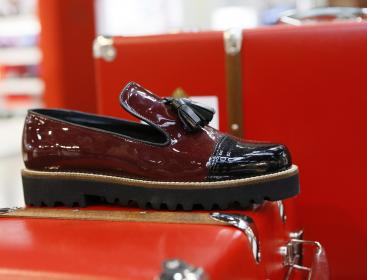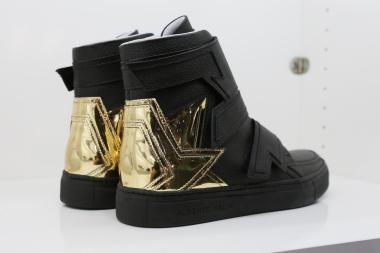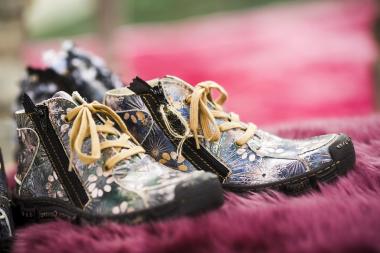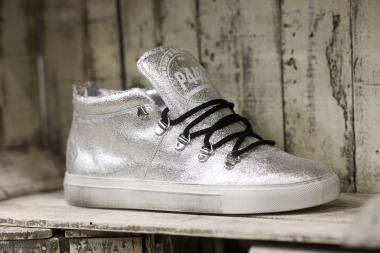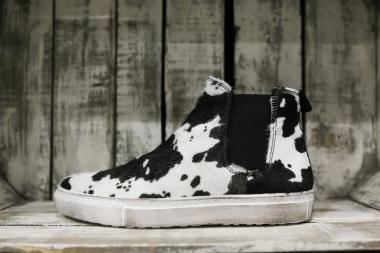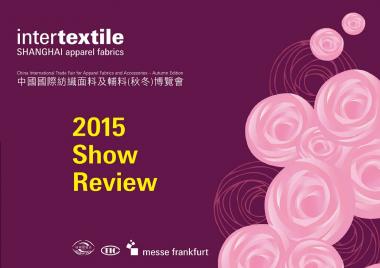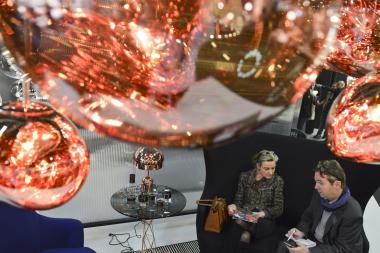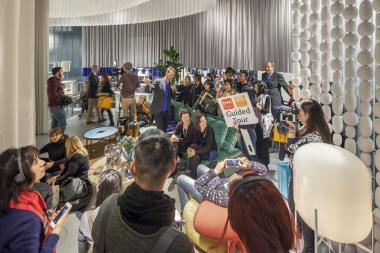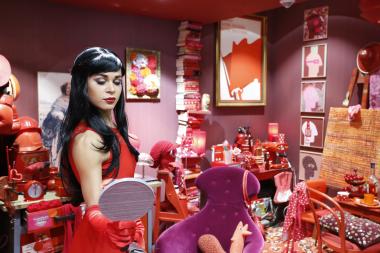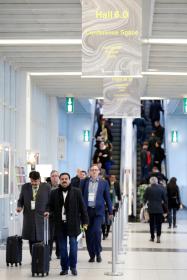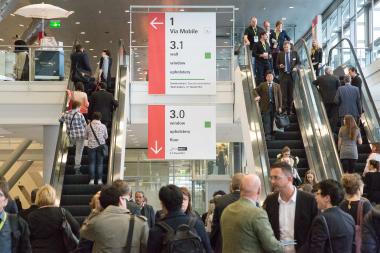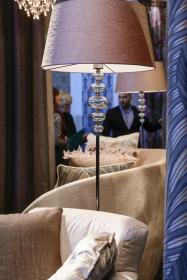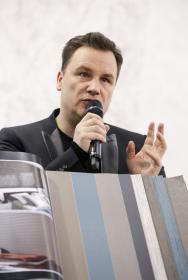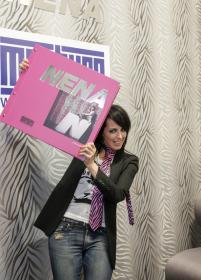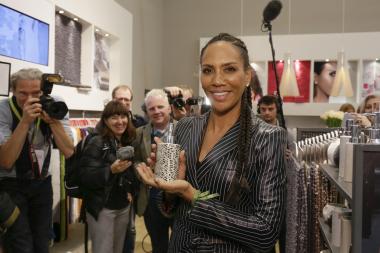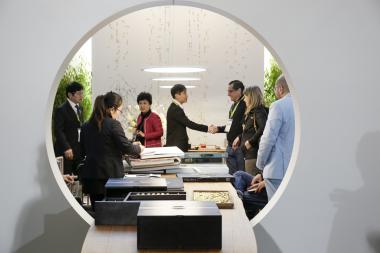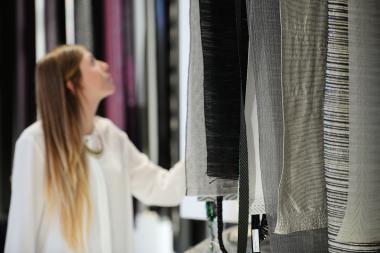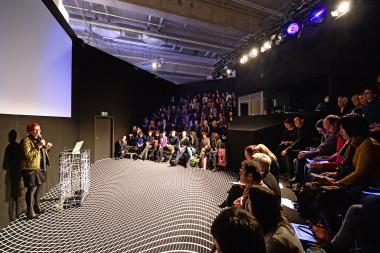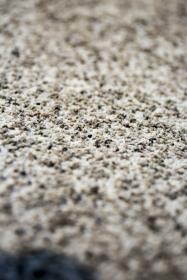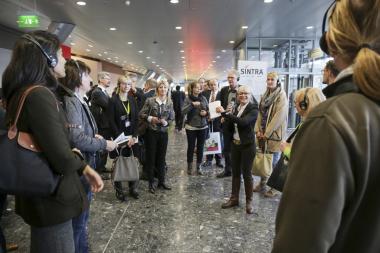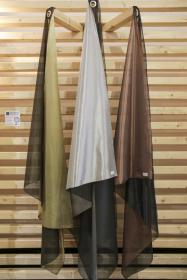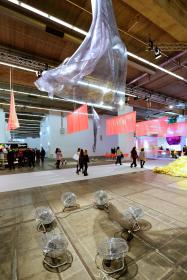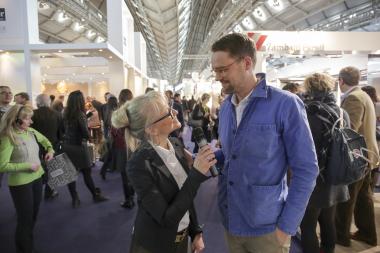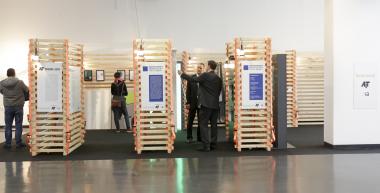COMFORTABLE BACKPACKING - THE NEW TREND
- Functional travel wear for travelling, outdoor adventures and everyday use -meeting the new demanding requirements of travelers in the digital age
The tourist industry is suffering in many traditional destination countries. Yet outdoor companies say that sales of luggage, accessories and travel wear remains unaffected. Independent tourism is thriving. Good news for outdoor manufacturers - as functional clothing offers more crossover potential than any other sector. OutDoor 2016 in Friedrichshafen - the leading international trade show - will be providing an overview of the latest trends and innovations for the travellers of tomorrow from July 13 to 16, 2016.
The German Travel Association (DRV) has reported the impact of geopolitical factors on the tourism industry. For example, summer bookings are down by 40 per cent in Turkey compared to the previous year. Other European travel associations are reporting similar lower-than-usual booking levels for Egypt and Tunisia. However, the outdoor industry appears unaffected. "We‘ve not seen any impact on our market,? says Columbia (Portland, US). "People continue to travel lots, although given the current political situation they are choosing different destinations.? Lonely Planet, the independent traveller’s bible, currently recommends visiting the following countries: Botswana, Japan, Poland, Palau, Latvia, Australia, Uruguay, US, Greenland and Fiji. Not exactly classical, low-cost family destinations, but still potential paradises for outdoor and adventure travel.
Thomas Groeger, country manager Fjällräven Germany is also confident, "More and more people are looking for alternatives to the conventional beach holiday. Outdoor- and sport-related travel is particularly popular.? Gerold Ringsdorf, product trainer Jack Wolfskin sees "interrail travellers and globetrotters? as "important founders of the outdoor movement.” Travel garment manufacturer ExOfficio (Seattle, US) agrees, pointing to a survey where 42 per cent of Europeans describe themselves as adventure travellers. Package tourism might still dominate the market, but it continues to be frowned upon. In contrast, independent travel is seen as an attractive, if complicated option for the masses.
The Future institute “Zukunftsinstitut” (Frankfurt/ Vienna) observes a new phenomenon which it calls the "normtrotter”: vacationer looking for a personalized experience and personalized service, but who still want their bookings arranged in advance. And from America, there’s a newly-coined expression to describe more affluent backpacking for normal travellers: flashpacking. The term refers to traditional backpacking only with flash, or style, i.e. adventure travellers who desire style and comfort. Travelers in this growing segment prefer to sleep in their own hotel room, hire a car instead of using overcrowded coaches and plan ahead using modern communication devices rather than going with the flow and improvising.
"Backpacking used to be the exception, something for adventurers only. Nowadays, it‘s a common way of travelling,“ comments Thomas Groeger. Young people in particular prefer to travel in a simpler manner. "The gap year - young people wanting to work and travel abroad - is a definite trend,“ adds Gerold Ringsdorf.
Modern travel equipment is designed to meet people’s requirements regarding performance and security. Backpacks and bags have anti-theft slashproof straps to stop bag slashers and RFID-blocking pockets to keep personal information and data safe. Travel apparel is often made of insect-repelling fabrics or has UV protection suitable for tropical sun, plus moisture management and odour control. In addition, today‘s travel wear is lightweight, easy-care and takes up little space in your backpack.
Modern travel wear also offers significant crossover potential for outdoor and everyday use. UV protection and protection against mosquitoes or ticks is also useful in central and northern Europe. "Of course urban outdoor, outdoor lifestyle and travel wear styles often look pretty similar,? says Wolfgang Jahn, sales manager Europe Royal Robbins, while Oliver Robens, sales director Europe Craghoppers adds, "it’s possible to look good both in the jungle and about town.? However, real travel apparel sets itself apart through its functional characteristics and extra details. And this is exactly why specialist providers have been so successful over the years.
To find out which new trends and products innovations will be shaping the industry in 2017, visit the international OutDoor trade show in Friedrichshafen. OutDoor 2016 is open to industry visitors only from Wednesday, July 13 to Saturday, July 16 (Wednesday to Friday from 9 a.m. to 6 p.m. and Saturday from 9 a.m. to 5 p.m.). For more information, please visit: www.outdoor-show.com.
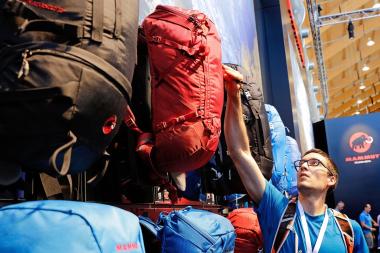 © Messe Friedrichshafen | OutDoor Show | www.outdoor-show.de
© Messe Friedrichshafen | OutDoor Show | www.outdoor-show.de
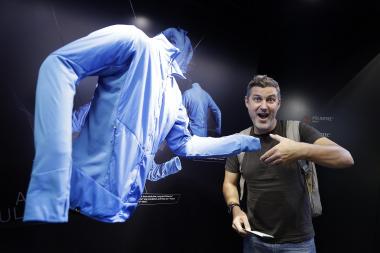 © Messe Friedrichshafen | OutDoor Show | www.outdoor-show.de
© Messe Friedrichshafen | OutDoor Show | www.outdoor-show.de
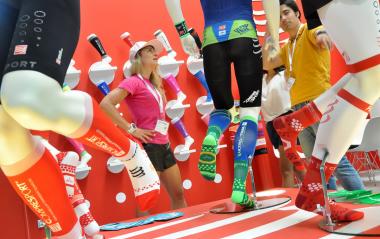 © Messe Friedrichshafen | OutDoor Show | www.outdoor-show.de
© Messe Friedrichshafen | OutDoor Show | www.outdoor-show.de
 © Messe Friedrichshafen | OutDoor Show | www.outdoor-show.de
© Messe Friedrichshafen | OutDoor Show | www.outdoor-show.de
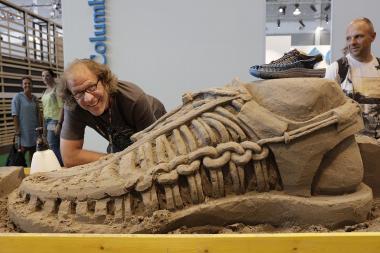 © Messe Friedrichshafen | OutDoor Show | www.outdoor-show.de
© Messe Friedrichshafen | OutDoor Show | www.outdoor-show.de
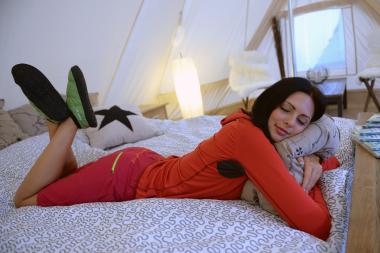 © Messe Friedrichshafen | OutDoor Show | www.outdoor-show.de
© Messe Friedrichshafen | OutDoor Show | www.outdoor-show.de


